At around 6:30 am, we heard something large tromping around in the shrubs outside the tent. Then something else came running up, meowing just like a kitten, after which a soft snoring sound followed. It was the mother deer with her fawn. I'd never been aware they made so many interesting, different sounds.
While packing up the tent, a bunny ambled by. I wonder if they feel safer here in the campground than in the wild. Humans offered food, probably protection from predators, and were mostly harmless.
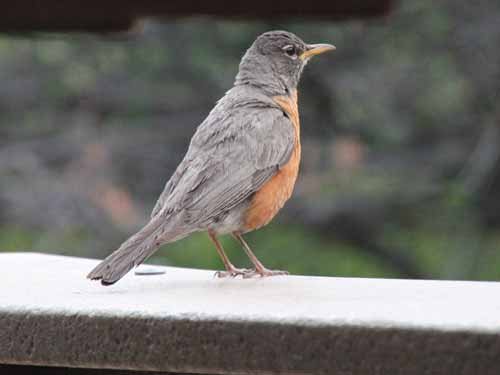
A robin stops briefly on our picnic bench.

The morning sky
It was sprinkling lightly while we were packing up but got hot very very quickly! We were hoping to do a boat ride on the "safe" part of the river through the canyon, but the boats were being repaired so it was closed for the day. Darn. So we did the other section of the Rim Rock Trail that started from the campground instead.
The light was still soft and gentle, slowly filtering into the dark canyon.

The land starts to awaken with color.

An aster

Oak leaves
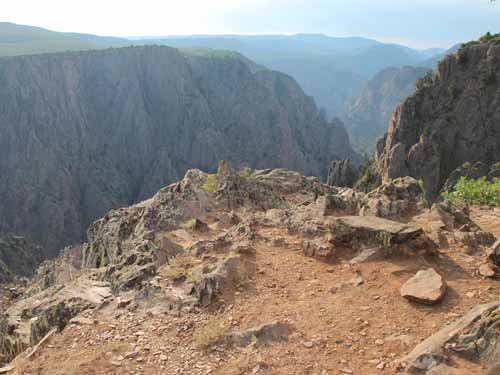
Oddly enough, it wouldn't actually be all that difficult to just walk off the edge if you weren't paying attention.



The river catches a moment of morning sun.

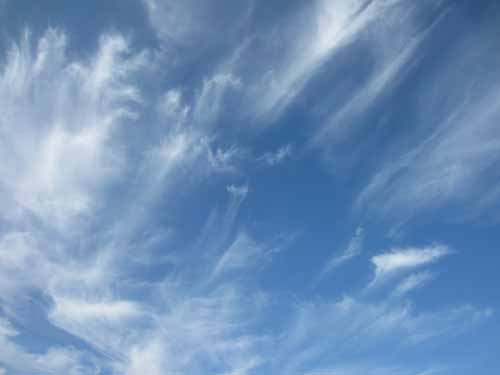
The morning rain clouds quickly cleared and the day began to get quite warm.

An artful juniper




A vole tunnel. Why would they build a tunnel above ground, you might ask? Well... this is actually the remains of a winter burrow, from when the ground is frozen solid and covered with several feet of snow. Since they can no longer dig in the ground, the voles simply dig burrows in the snow. They line these snow tunnels with dirt and grass as they browse for seeds, nuts and leaves around the subnivean layer (along the ground, under the snow). When the snow melts, the dirt falls, leaving a bizarre network of dirt trails.
When we returned to the car, we found a mule deer foraging in the trees nearby, just at the side of the road. It eyed us up briefly as we stepped into the car and drove away.

It was already 91 degrees F by the time we drove through Delta at 9:30 am. It was a few degrees cooler in Paonia (several towns further), where we stopped for lunch.

The bustling downtown


The old-time barber shop

There was a huge sign on one of the banks promoting its "New high speed ATM!"... so we went to check it out. Unfortunately it was only a drive-through and not actually very fast at all... but it did work.

Ooooh... hate it when that happens!
We found a cute little place called The Diner, complete with an old jukebox. When I ordered my meal, I asked if it would be enough food (since it sounded like it might be on the scant side). The waitress assured me that it was. When it came, it was indeed VERY small. Fortunately's Regan's was very large so I could have lots of his as well.



We continued on Highway 133 and passed through the small town of Somerset, a working mining town. Train heavy with cars full of ore/coal chugged slowly past.
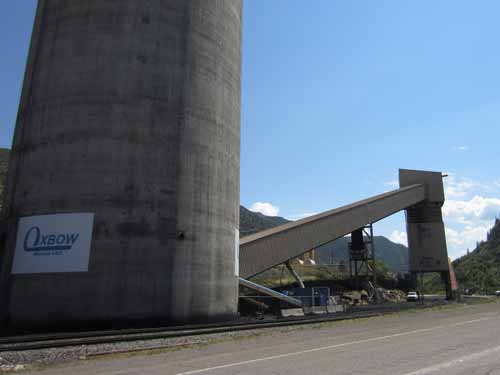
The train can pull in directly under the loader, filling one car at a time.

We skirted the length of the Paonia Reservoir, then headed steeply uphill for a ways, eventually peaking at McClure Pass (elevation 8,755 feet or 2,671 meters).

The reservoir was actually full for once.

The top of the pass. The pass isn't particularly high and is generally open year round. There was currently some construction going on to secure some of the cliffs against rock fall onto the road.

A reminder that these roads can be dangerous

The faithful little Elantra!

A gorgeous view of the Elk Mountains
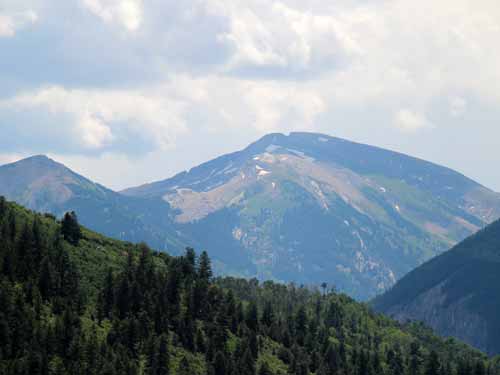

Near Redstone, alongside the road stretching for quite a long ways, were 'beehive' coke ovens, built in the late 1890's to carbonize (or 'coke') coal mined nearby for the Colorado Fuel and Iron Company. Coal was loaded into these brick ovens through a hole in the top and converted to coke when heated in an oxygen-deficient environment. It was removed through the opening in the front and loaded onto rail cars, to be used in smelting ores and for steel production.

After years of not being used, these historic structures have deteriorated due to weather, erosion, vandalism and plant growth. Restoration has begun to preserve them. About 50 of them will be stabilized, four will be completely restored (based on old photographs), and a few left untouched.

A Google satellite image showing the long line of ovens. To the right is the small town of Redstone, which was built solely to house the men who worked on the ovens and their families.

The front side


The back side

Stabilization involves removing all vegetation from in and around the oven, rebuilding a portion of the stone retaining wall, and reconstructing any unstable portions. Full restoration also involves building the stone retaining wall to its original height.
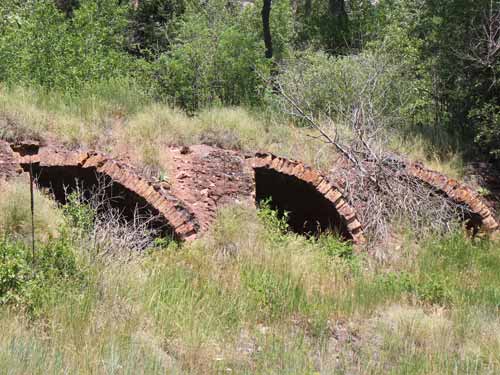
Unrestored ovens


